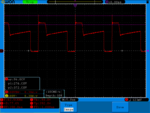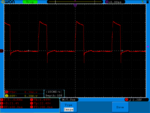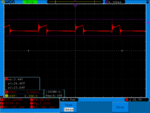Orson Cart
Advanced Member level 3
- Joined
- Jun 18, 2009
- Messages
- 798
- Helped
- 347
- Reputation
- 1,146
- Reaction score
- 558
- Trophy points
- 1,373
- Location
- New Zealand
- Activity points
- 5,973
V cool, the caps on the bus also helped reduce the turn off spike (to nearly zero) after the turn off, leading to the cooler operating temps...!!!!!


